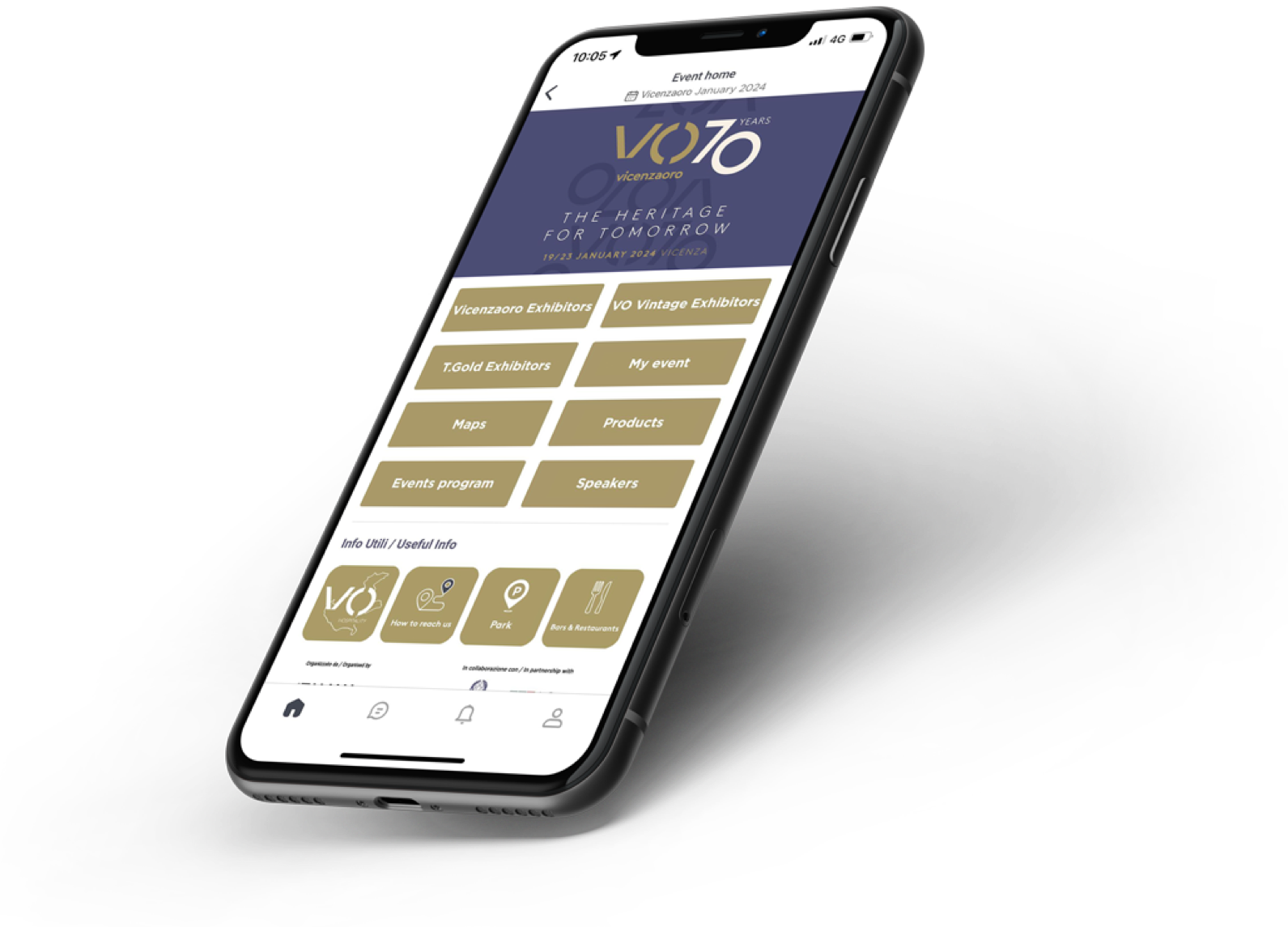The young and luxury: what’s new?

The 17th edition of Bain & Company’s annual Worldwide Luxury Market Monitor on the global market has identified seven future macro trends for luxury. One that particularly stands out is that luxury consumers will be younger and younger.
In fact, it is becoming increasingly more difficult for luxury brands to ignore the influence of the young generations. In 2018, Generation Y (in other words, the Millennials) and Generation Z, contributed 100% to the growth of the luxury market compared to 85% in 2017. A market that is evolving and renewing in order to adapt to their needs in terms of products, communication channels and involvement with various media. For example, Generation Z seems to have many more varied preferences compared to previous generations. Those who belong to it, are therefore more inclined to make purchases in physical stores and are perhaps influenced by the logo!
The sector is also becoming more and more aware of the different cultural preferences of minorities. “Modest-accepted fashion” represented about 40% of women’s luxury clothing in 2018, including specific garments for Muslim customers and other products from “naturally” modest lines. “Inclusive” fashion now counts about 20% of female ready-to-wear luxury clothing, thanks to the brands’ larger offer of one-size garments for curvy or plus size consumers, and, more generally, for inclusive clothes in a wider range of sizes.
Lastly, in 2018, the second-hand luxury goods market have made progress after considerable growth in Europe where more than half of this segment is located, also due to the success of specialized on-line platforms. Hard luxury (watches and jewellery) is still the main category of products purchased.






